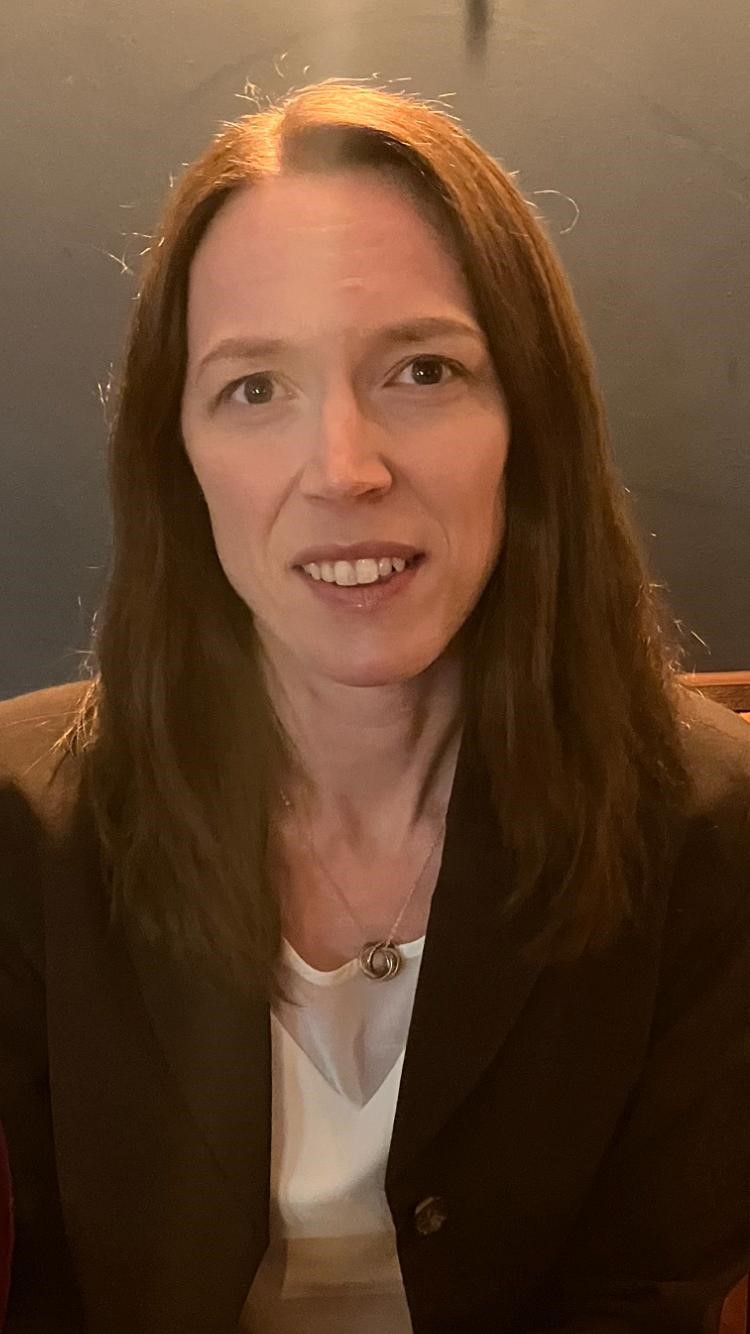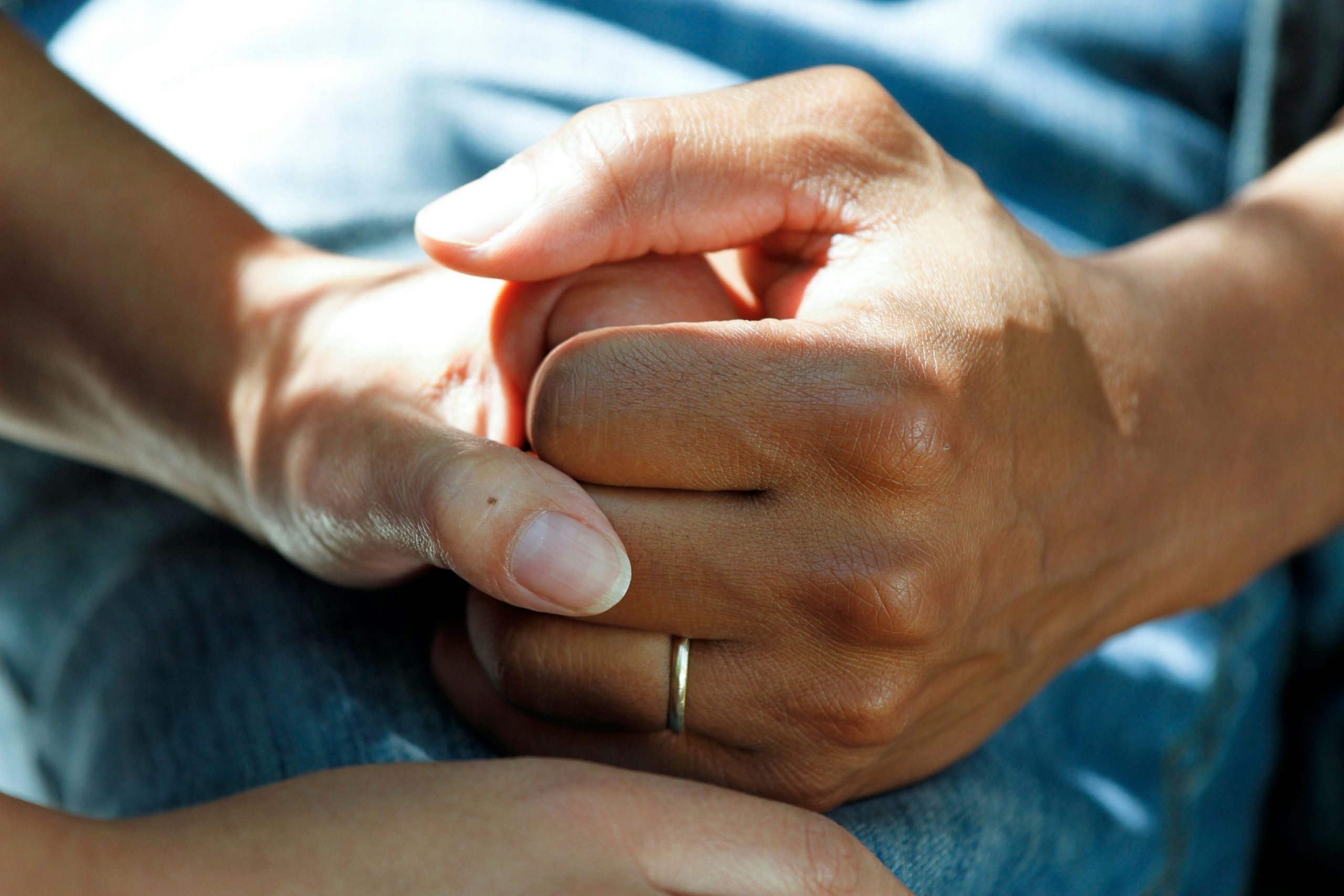

Inspirational Story
Stacey Wadsworth
How did you get into your role, and what motivated you to pursue this speciality?
I started my role as a therapy radiographer back in 2002, after completing the 3-year degree. I had always wanted to work with people, and specifically liked the care element, and the satisfaction that you get when you’ve positively influenced someone’s life. After looking at radiography in the broader sense, I decided to specialise in therapy radiography as this most often provided the longer-term relationship building with patients that comes with what is often several weeks of treatment.
Over the years I have watched the profession, and the treatments grow and improve, and through personal and professional development have taken senior roles, and team leader positions. In these positions I have helped develop the services, and its people, again with the drive to improve quality and care for those patients that we worked with. This has always been supported by my profession, similarly driven to improve patient care and outcomes.
More recently I have taken a role with the West Yorkshire & Harrogate Cancer Alliance, as a Living With & Beyond Cancer Implementation project manager. This role has focused on the personalised care agenda. This role has given me the opportunity to work at scale, been able to bring quality improvement to a greater number of people living with cancer.
Could you provide a brief description of your day-to-day work?
In my current role my days are always very varied and is influenced by whichever projects I’m working on at any one time. I’ve been involved in a wide variety of work such as workshops, teaching sessions, patient engagement, and engagement with various professionals regarding ongoing projects. These all require preparation to undertake, and some follow up, and this would also make up part of my working day.
I have currently been working to establish and embed end of treatment summaries, and digital remote monitoring. These projects will ensure that patients within the Trusts that I am working, will have all the information they need in one document when completing their cancer treatment. The development and embedding of remote monitoring will ensure that patients can be safely supported without coming back to the hospital for routine medical appointments, where appropriate.
I have helped develop the services, and its people, again with the drive to improve quality and care for those patients that we worked with
What are the positives of your role, and what challenges do you face?
The positives of my current role are that I can use my previous AHP experience and knowledge to support wider work in oncology care. Its also a very varied role, with varying work. Although I do miss a lot of the direct patient contact that I was used to, I know that the work I am part of will benefit so many patients across the region.
Do you collaborate with other professionals, particularly AHPs, in your work?
As a therapy radiographer we have always had close contact with other AHPs, such as dieticians and Speech and Language Therapy, and with CNS teams. This collaboration in my current role has now expanded greatly as we look to work with Primary care colleagues, community, and voluntary sector. I also work closely with Trust cancer management teams including Lead cancer nurses, and CNS teams.
Are you involved in MDTs, and if so, who is typically present at these?
In my current role I don’t take part in MDTs, however, as a therapy radiographer, I was part of the Head & Neck radiotherapy MDT. This discussed all Head & Neck patients due to start, and undergoing their radiotherapy. This MDT consisted of Oncologists, CNSs, dietician, medical physicists, booking coordinators and a therapy radiographer. It was a pivotal MDT in ensuring that these complex patients had the best treatment outcomes.

